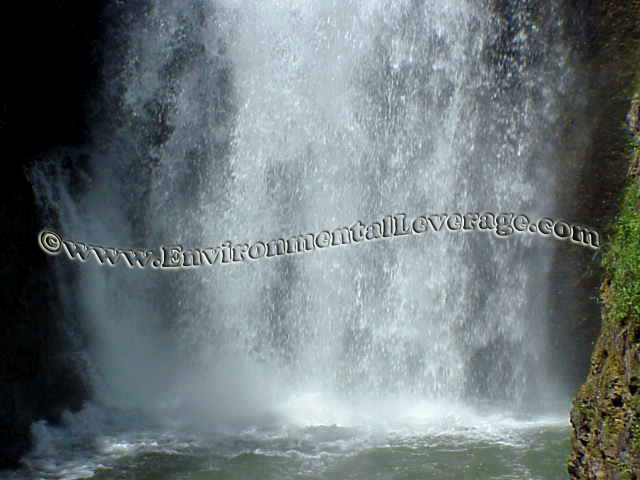Biological Products:Bioaugmentation products for Wastewater applications in Papermills, Refineries, Chemical, Tanneries, Municipalities, Textiles, Steel, Agriculture, Animal feedlot, Gun Powder plant, Food and Beverage- Dairy Products, Orange Juice factory, Wineries, Cookie factory, Vegetable processing plant, Meat packing, Barbecue Restaurant, Aquaculture, Ornamental Ponds for algae control, CAFO, Nursing homes, Military, Campgrounds, Universities, Regulatory agencies
Lab Services:Filamentous Identification Lab Service. One reason to identify filaments is to determine the filaments characteristics and then determine the type present. If the type is found out, a root cause can usually be associated with a particular filament. If the cause is known, then a correction can be made to alleviate problems. Chlorination is only a quick fix. Without process changes, filaments will grow back after chlorination. Wastewater Biomass Analyses and Cooling Tower Analyses also available
Training Materials:Training is an integral part of any job. Not everyone is at the same level of training. Many people want beginning concepts and basics. Some need technical information or troubleshooting. Some want equipment, technology or process information. We have developed a full set of Basic training, Advanced training, Filamentous Identification the Easy Way as well as custom training CD's Manuals. We also provide hands-on training classes and soon will have an Online "E-University".
|
Bacteria and Additional things found in Wastewater What's New!
We have just added "Virtual Audits" to our capabilities. Check out our new Services. We are in the process of developing an ""Online E-University" in order to meet the needs of our global customers that cannot travel to our public classes. Stay tuned for details and updates.
What are
those strange things I am looking at under the microscope?
Many times there will be other things besides floc, filaments or higher life forms. What are they and what do they mean? Here are some of the things we see quite often in MLSS samples under the microscope.
You may see sheets of cells. You may see round, curved, spiral, branched, or even square cells. You may see things that look like a star fish, in reality it is pollen from a plant
If you see oil droplets in a sample- check for process side leaks in Industry, and oil slicks where traffic is stopped in municipalities. Many food plants have high levels of oil
Algae are always easy to pick out, since it may be in many sizes or shapes, but it will be distinctly green! You may see diatoms. Diatoms can come in many shapes and sizes. There may be plant debris, fiber. Check your screening.
You may find carbon particles, debris, crystals.
Yeast is easy to pick out when it is budding even without a Gram stain. Fungi have distinct branching and the walls are thicker than filaments.
Tetrads and cyanobacteria are usually found in environments where there are low levels of nitrogen present. They are usually common in a lagoons and are often found in papermill wastewater lagoons. They can cause serious TSS problems if left alone. Usually increasing nitrogen levels in the influent often causes them to disappear quite quickly as opposed to adding high levels of polymer to try to drop them out. Cyanobacteria are tolerant of environmental extremes, thermophilic species can grow at temperatures up to 75 degrees C. You may see Neisser positive cell clusters, these typically indicate a nutrient deficiency. Papermills are notorious for having tetrads and nutrient problems due to wide swings in loading.
Some plants use activated carbon particles. Dark anaerobic spots indicating septicity and low D.O. somewhere in the system look very different from carbon particles Hypomicrobium can indicate denitrification, but more often than not, are found in septic conditions where solids holding are too long. These look like beans on a long string- they are hyphomicrobium and usually indicate septicity. . .. check to see how long you are holding your solids in your clarifier or if your supernatant from your sludge digestor or sludge dewatering tank has gone septic. Sometimes these can grow on methane or C1 compounds, or sulfur compounds bound with methane. Some methylotrophic bacteria can grow utilizing methanesulfonic acid
You may see sand and dirt crystals. Sometimes dead animal parts can be found in older sludge or lagoons. There are many forms for cysts.
We hope you like the new look of our Filamentous Bacteria and Higher Life Form Identification Pages
If you would like more information on bacteria, filaments or higher life forms, you might want to consider purchasing our Wastewater Microbiology Training materials. We also have our lab that can perform a Wastewater Biomass lab analyses of your own MLSS for more information
For more information on Filamentous Identification More photos to come. . .
If you need more information on our Filamentous Identification the Easy Way Training CD or on Internet training on Filamentous bacteria, causes and controls How and why on Wastewater Biomass Analyses
|



